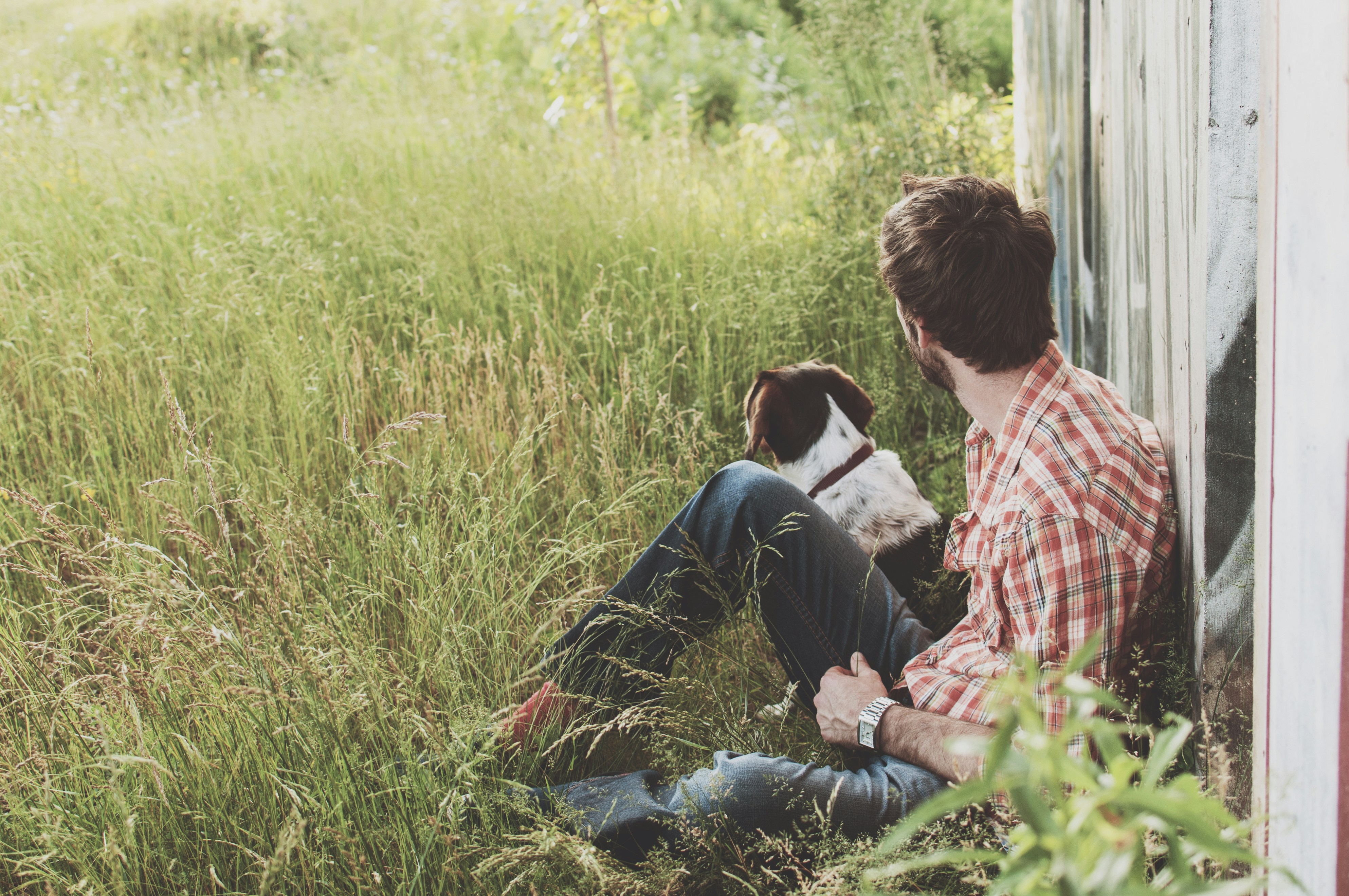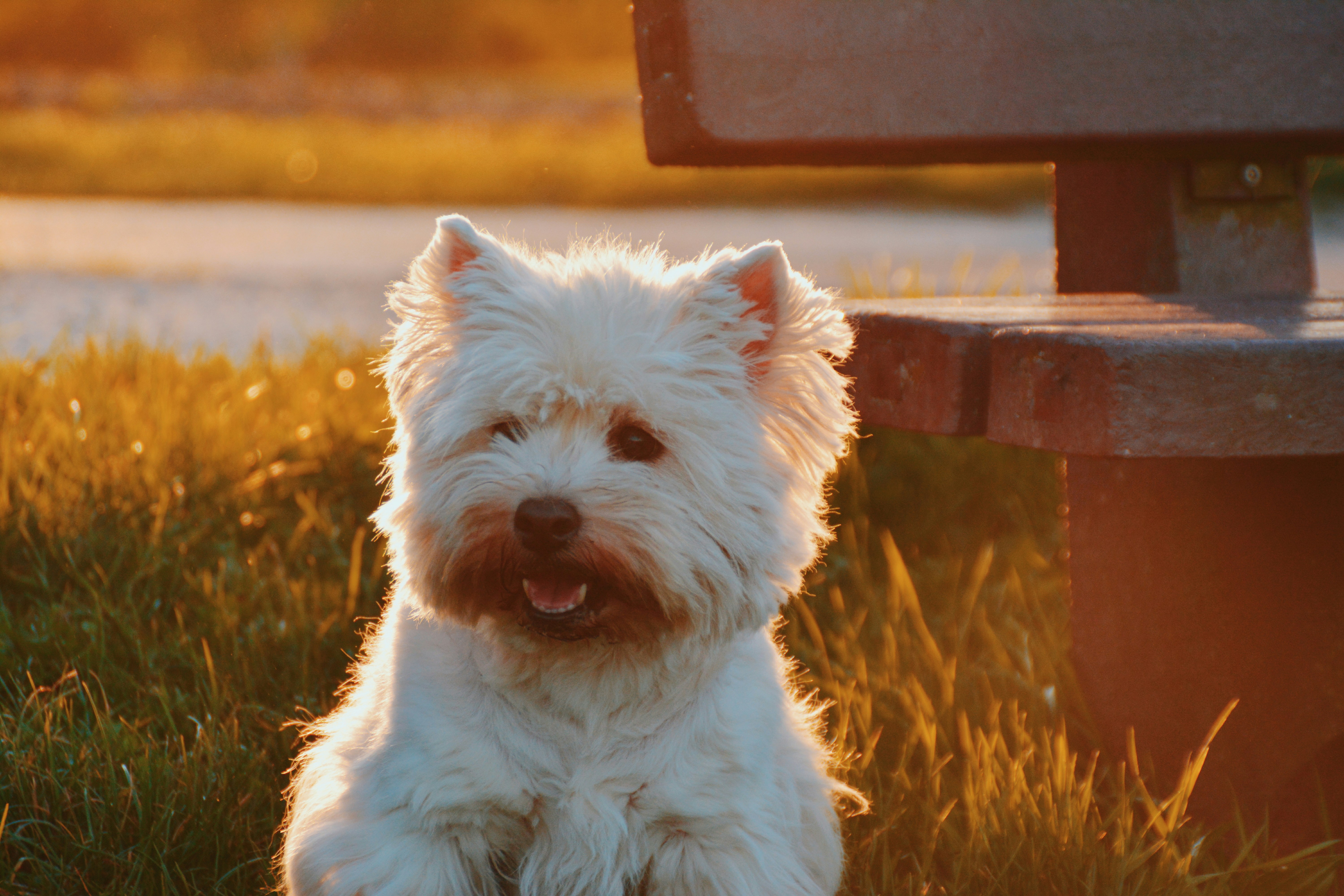When Snuggles Signal More: How Your Dog’s Cuddling Habits Reflect Their Health and Emotional Needs
As a devoted dog parent, few things compare to the joy of snuggling up with your furry best friend. But did you know your dog’s cuddling habits might be telling you more than just, “I love you”? At Queva Pets, we believe every nuzzle, lean, or lap cuddle could reflect your dog’s physical health or emotional wellbeing. Here's how to interpret your pooch's affectionate behavior and ensure they’re feeling their best—inside and out.
Understanding the Meaning Behind Dog Cuddles

Cuddling is a form of bonding in the canine world. However, changes in how or how often your dog cuddles may signal shifts in their physical or emotional state.
Affection and Emotional Bonding
- Dogs are pack animals and often cuddle as a sign of loyalty and trust.
- Cuddling after play or a meal may indicate a happy, balanced pup.
Seeking Comfort or Relief
- Excessive cuddling could be a sign of anxiety or stress, especially during storms or when left alone.
- Changes such as shivering while cuddling may indicate discomfort or illness.
Health Concerns Hidden in Cuddling Behavior

Physical contact is one of the easiest ways to detect health issues early. Notice these signs during snuggle time:
- Lethargy: If your once-jumpy dog now only cuddles all day, it might be a sign of fatigue or internal problems.
- Unusual warmth: Fever or inflammation may cause dogs to seek out cool or comforting contact.
- Flinching or whimpering: A sudden startled response to touch could suggest pain or injury.
Cuddling and Emotional Wellbeing

Dogs experience mood changes just like humans. Consistent cuddling habits are often a normal part of a dog’s emotional routine, but a shift may reveal deeper concerns:
- Clinginess: Could signal separation anxiety or insufficient stimulation during the day.
- Withdrawal: A once-affectionate dog that avoids touch may be showing signs of depression or illness.
Try to spend quality time with your dog through interactive play and quiet bonding moments to support their mental wellbeing.
How to Respond to Changes in Snuggling Habits

Your dog can't verbally express their needs, so it’s important to monitor changes and take action:
- Keep a daily log of behavior, diet, and activity to help spot inconsistencies.
- If your dog becomes suddenly snuggly or withdrawn, consult a veterinarian to rule out medical issues.
- Ensure their emotional needs are met with mental stimulation, socialization, and regular affection.
Support Your Dog’s Health with Queva Pets

Understanding your dog’s behavior begins with knowing their everyday health patterns. At Queva Pets, we offer a smart tracking solution that helps you stay informed about your dog's physical wellbeing:
- Track daily walking, running, light activity, and high activity
- Stay on top of your dog’s location with GPS tracking
- Monitor wellness trends with Health Score insights
Click here to get started with Queva™ smart tracking today and give your dog the health support they need to keep snuggling happily for years to come.
